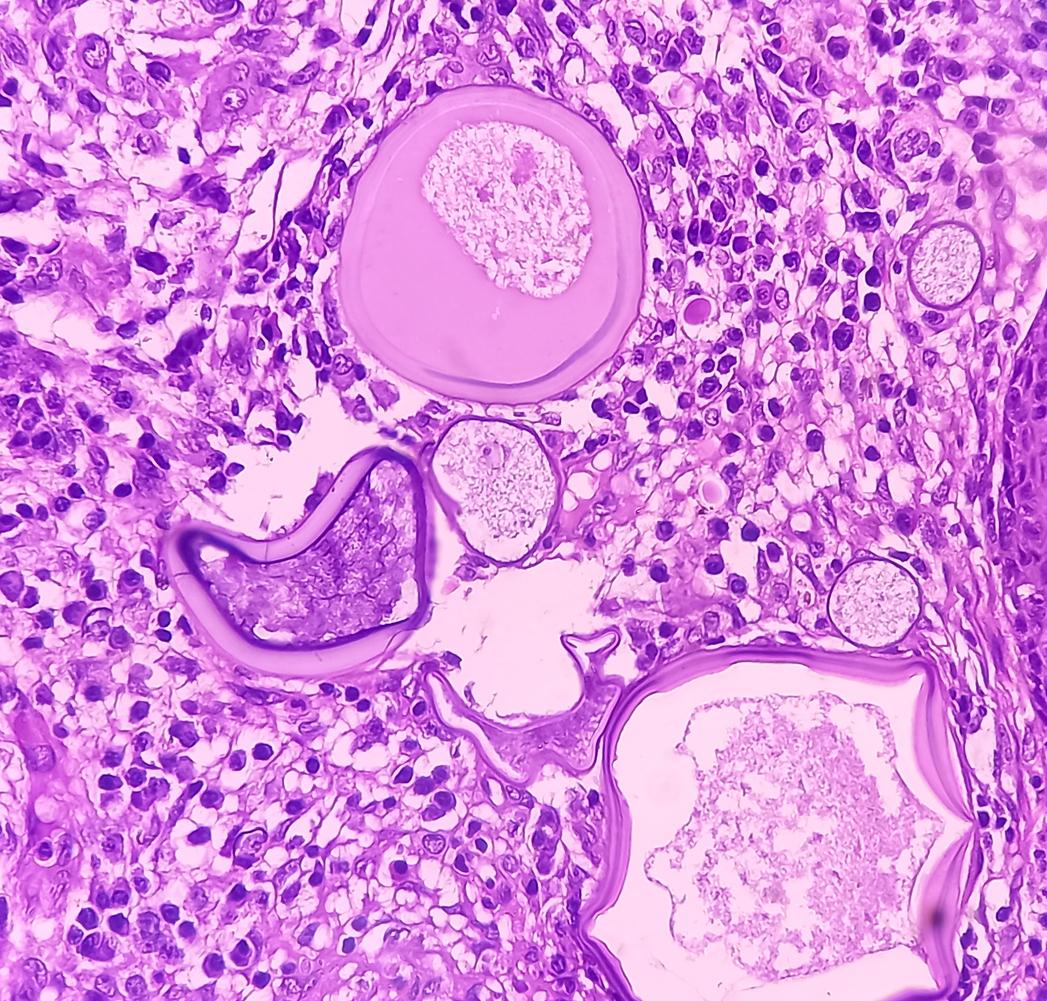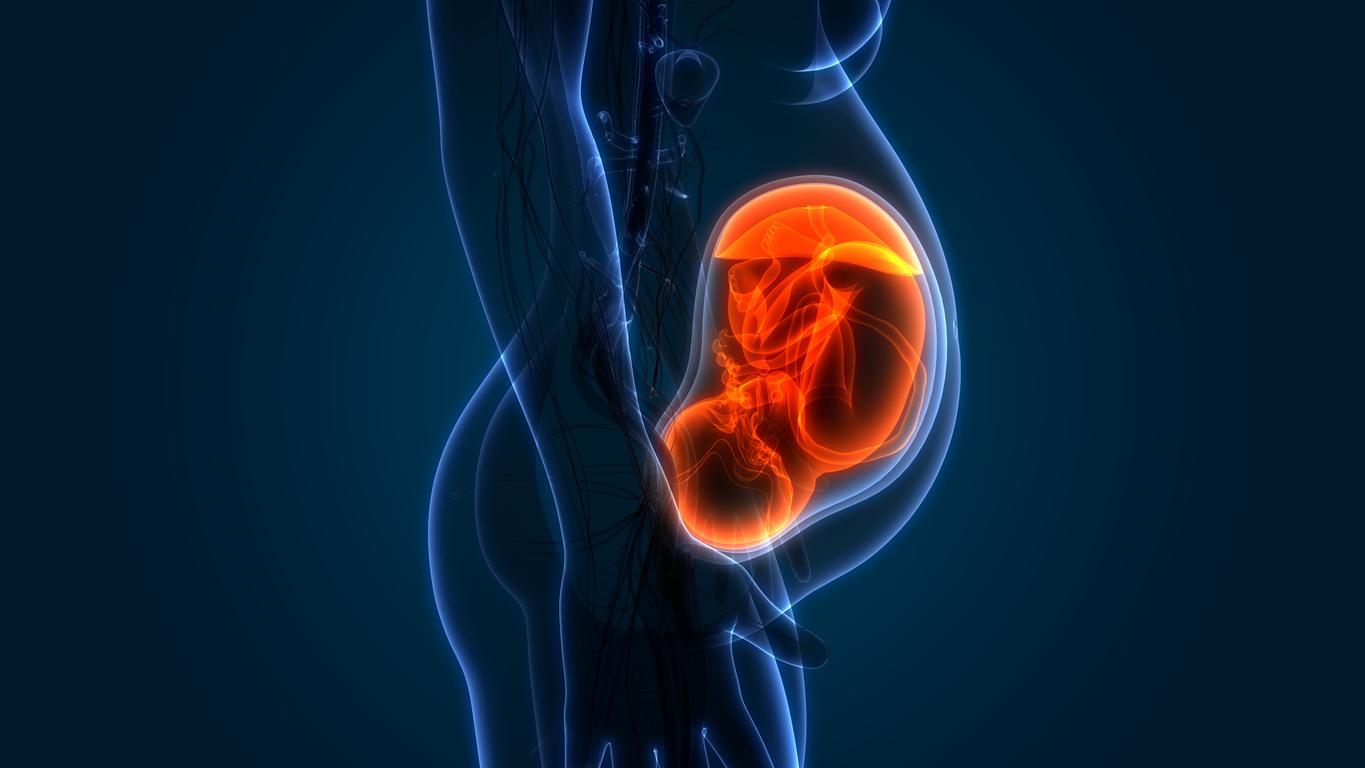Roboticists from Hong Kong Municipal University have developed a mechanical centipede capable of delivering medication to a specific location in the body without damaging surrounding tissue in the process.

When it comes to nanotechnology, we can’t stop progress. Latest feat to date: a mini centipede robot capable of delivering a drug to a specific location on the body without damaging the surrounding tissues in the process, which could prove to be particularly revolutionary in the treatment of tumors in particular. This technological gem was developed by roboticists at the Municipal University of Hong Kong, reports a study published on September 26 in the journal Nature Communications.
A robotic centipede
With a thickness of 0.15 mm, the critter has legs that can lengthen by approximately 0.65 mm. Their tiny spacing and their very large number will allow it to move easily in the human body by limiting contact, as if the robot was sliding. The latter was designed with silicone polymer. Very rubbery, this material is easy to cut, allowing scientists to create centipedes in the size they want.
It has also been enriched with magnetic particles in order to improve the hydrophobic properties of the beast, which can therefore be easily controlled remotely by a surgeon in order to position it gently in a specific area of the body. Finally, another talent and not the least: this super centipede would be able to lift 100 times its weight.
It remains to test the robot in a living organism
All these specifications make this small machine a fast robot, resistant and adaptable to any type of environment, both dry and wet. This is good news given the complexity of the anatomical networks of the human body, between veins, arteries and canals of all kinds.
The robot should therefore soon be able to be used in nanomedicine, enthuse the researchers, acknowledging however that it still remains to be tested in a living organism and to succeed, within 2 to 3 years, in making it biodegradable so that it disintegrates without leaving toxic traces in biological tissues once its mission is accomplished.
Regardless, the research is showing great promise as shown in the video below in which the mechanical centipede can be seen moving very easily in a fake stomach with a pill on its back.
.

















